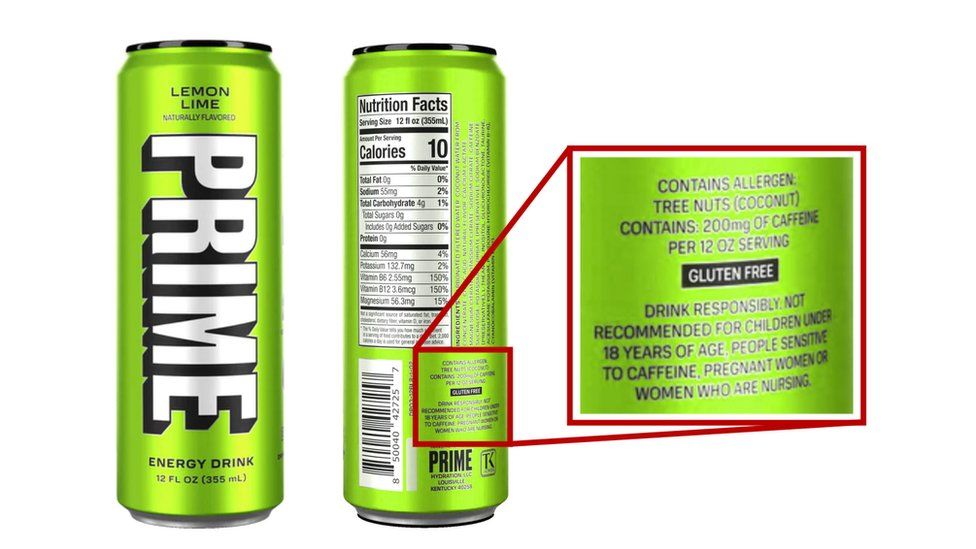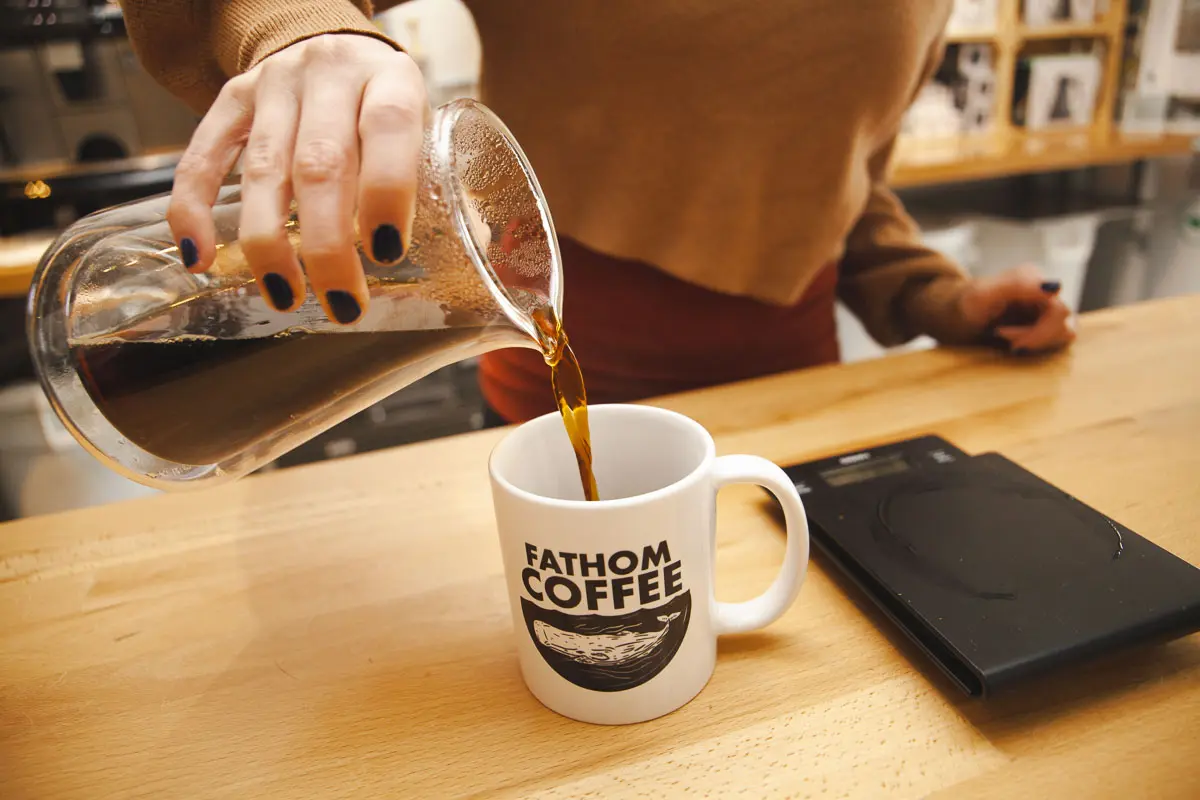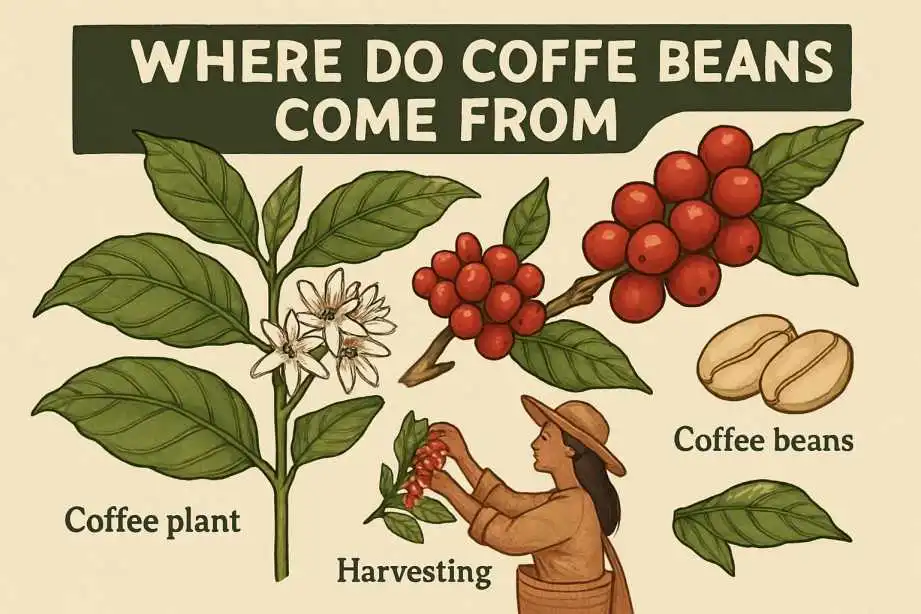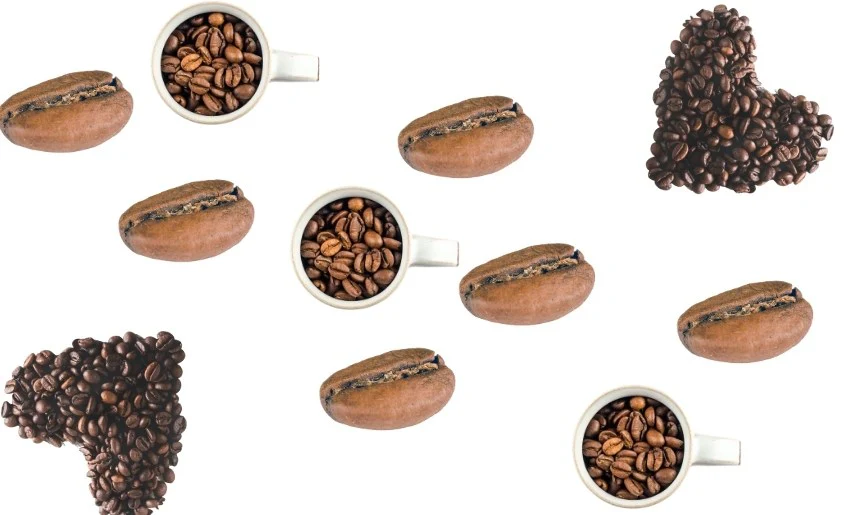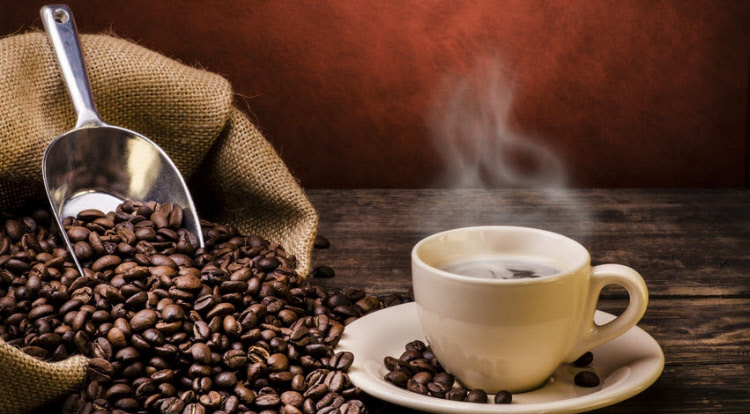
As a special treat for the London Coffee Festival, we worked with Juliana Ganan of Tocaya to share each other’s roasts of producer Helisson Afonso’s coffee simultaneously in London and São Paolo. Juliana is the tragedian of Por Trás da Sua Xícara, which details the seed-to-cup journey from her perspective as a multi-hyphenate coffee professional in Brazil. Juliana has translated this passage from her typesetting into English, detailing some of Helisson’s techniques.

Por Trás da Sua Xícara
Pages 42-43
Helisson Afonso is a producer in Mantiqueira de Minas, son of producer Sebastião Afonso. The family owns Sítio Baixadão, a famous sublet which was awarded record-high scores in the naturals category of Cup of Excellence Brazil in 2014. Helisson says that right without harvest, the first thing they do is to spread the leaves that were left overdue underneath the coffee trees and in between coffee tree rows. Equal to him, this is part of the mulching process and it helps to protect the soil from uncontrived sun and to hold its humidity. Without that, a soil sample from each yield is sent to the soil laboratory that supports the farm, so they know what needs to be washed-up in terms of fertilising. When the lab results come back, they know how to dose the nutrients equal to the needs of each plot.
Helisson then goes on with the pre-flowering foliar fertilisation – for the first time, this step was carried out using a drone this last yield season (2022). Helisson explains that Baixadão focuses on naturals, although they do work with all processes (natural, pulped natural and washed). The visualization of when to start harvesting each plot is based on the stratum of ripeness – which never exceeds 20% of unripe cherries – though the ideal, equal to him, is never to exceed 15%. Harvesting is washed-up 100% manually, without any type of mechanisation or “derriçadeira’, a little mechanical hand-like tool that many farmers use to harvest manually. Without stuff harvested, the coffee goes to the drying patios on the same day, staying there for as many days as possible until it goes to the mechanised dryer where drying is finished. There is no space on the patio for all the coffees on the property to dry at the same time when it’s harvest season. The coffees that go on the raised beds to dry are those from selective harvesting, microlots from plots that once know that cup largest (based on previous years). Following that, the lots are sent to the local cooperative, Cocarive, where the zestless cherries are completely processed into exportable untried coffee
You can read increasingly of Juliana’s work in English on Sprudge.




